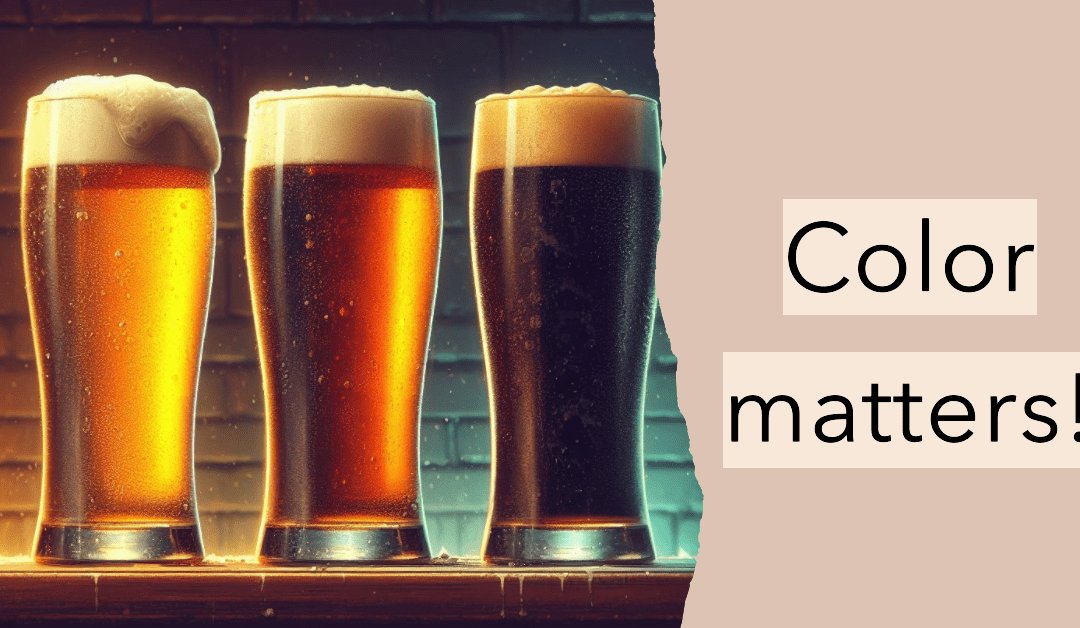Beer color is an important aspect of a beer’s appearance and can provide valuable information about its style and flavor. The color of a beer is influenced primarily by the type and quantity of malt used during the brewing process. Here’s an explanation of beer color:
- Malt Influence: The color of beer is primarily determined by the malted grains used in the brewing process. Malted barley, wheat, rye, and other grains are kilned or roasted to different degrees, which results in a wide range of colors and flavors. The longer and hotter the malts are roasted, the darker and more complex the beer’s color and flavor become.
- Color Units: Beer color is often measured in SRM (Standard Reference Method) units. SRM is a scale that quantifies the color of a beer, with lower numbers representing lighter colors and higher numbers indicating darker hues. For example, a pale lager might have an SRM of 2-4, while a stout could have an SRM of 30 or more.
- Beer Styles and Color: Different beer styles have characteristic color ranges. For instance:
- Pale Lagers: These beers are typically very light in color, with an SRM of 2-6.
- Amber Ales: Amber ales have a deep golden to amber color, falling in the 10-17 SRM range.
- Porters and Stouts: These darker styles can range from brown to black, with SRMs in the 20-40+ range.
- Belgian Dubbels and Quadrupels: These strong ales can be very dark, with SRMs often above 20.
- Clarity: Beer clarity can also affect its perceived color. Clear beers appear lighter than hazy or turbid ones, even if they have the same SRM. Hazy beers, like some IPAs, can appear much lighter in the glass due to suspended particles.
- Beer Presentation: Beer color is often assessed by observing it in a glass held up to the light. The appearance can significantly influence one’s expectations and first impressions of a beer.
- Flavor and Aroma: The color of a beer can sometimes offer hints about its flavor. Darker beers often have roasted, caramel, and chocolate notes, while lighter beers may have a crisper, more malt-forward character.
- Influence on Perception: The color of a beer can affect our perception of its flavor and body. Darker beers are often associated with richer, heavier flavors, while lighter beers are seen as crisper and more refreshing. However, it’s important to note that color is just one aspect of a beer’s overall profile, and the flavor can vary widely within each color category.
In summary, beer color is an important visual aspect that provides clues about a beer’s style, flavor, and character. Understanding the range of colors and the grains used in brewing can help beer enthusiasts appreciate the diversity within the world of beer.

